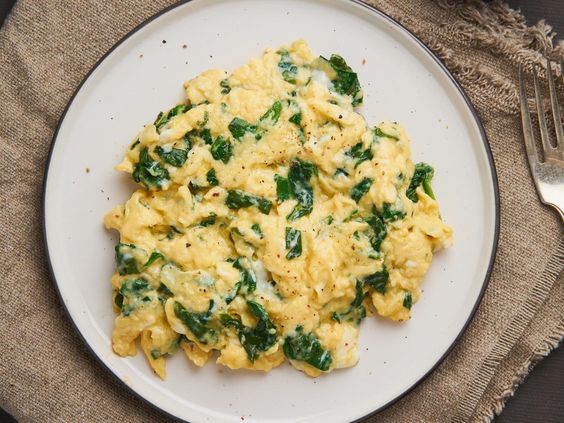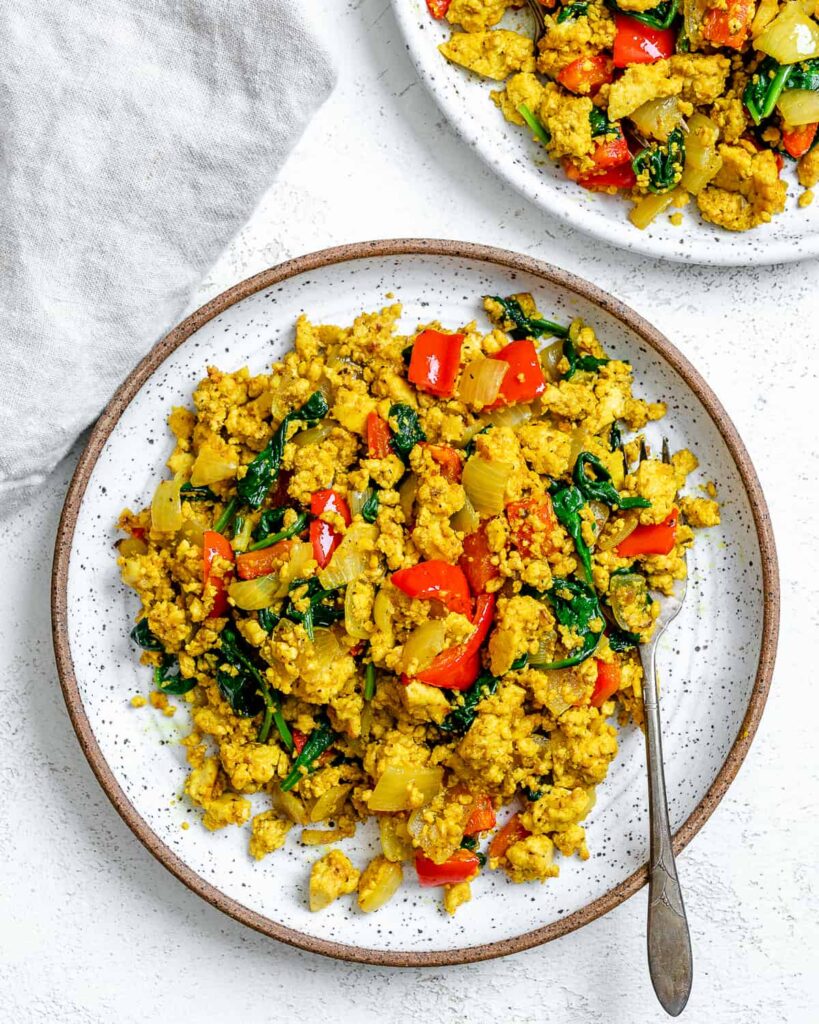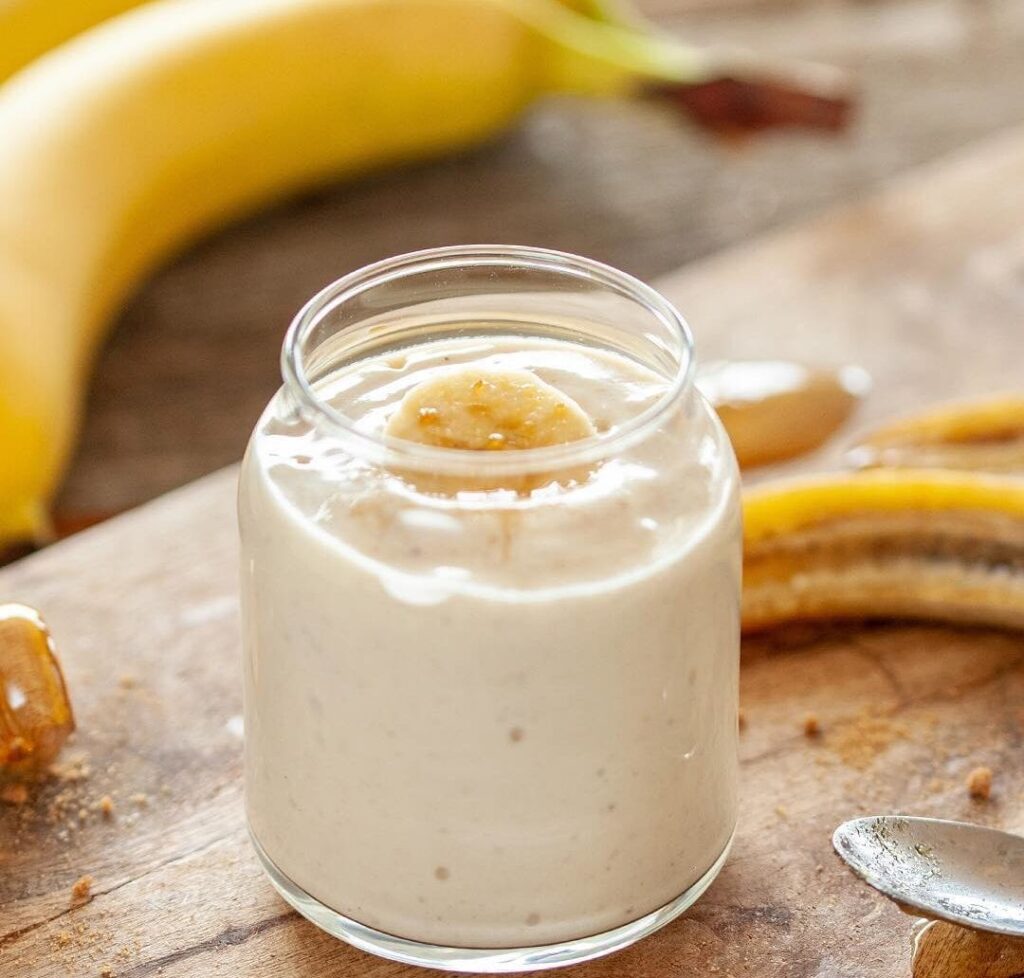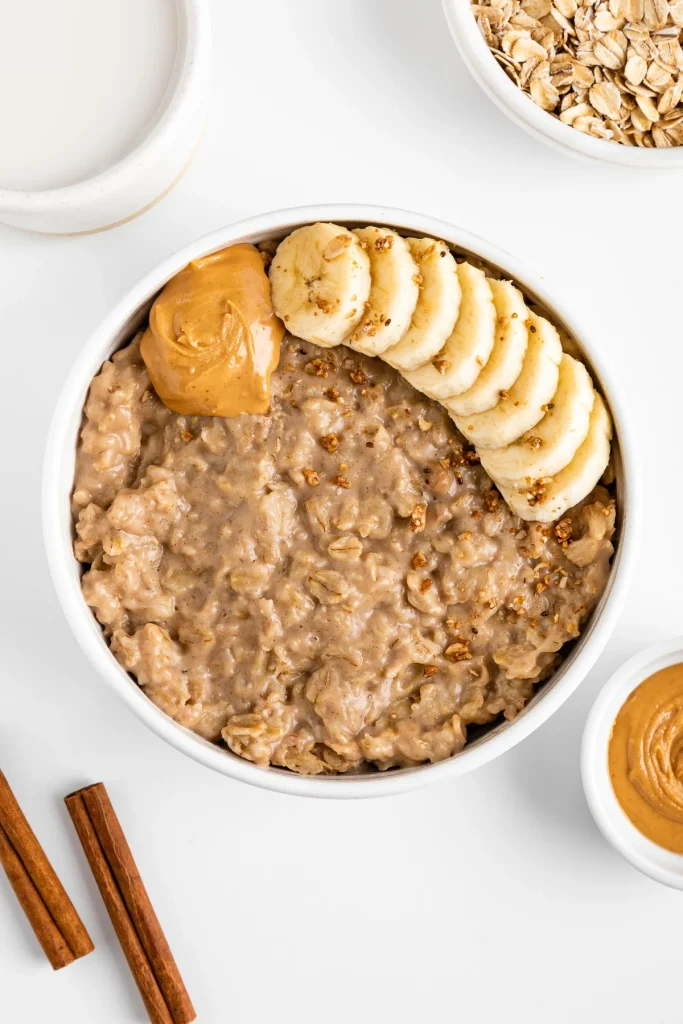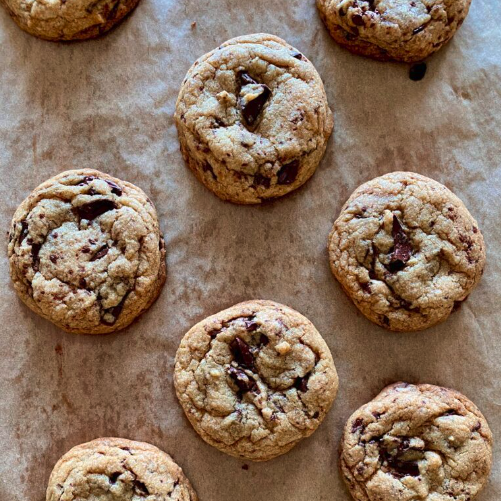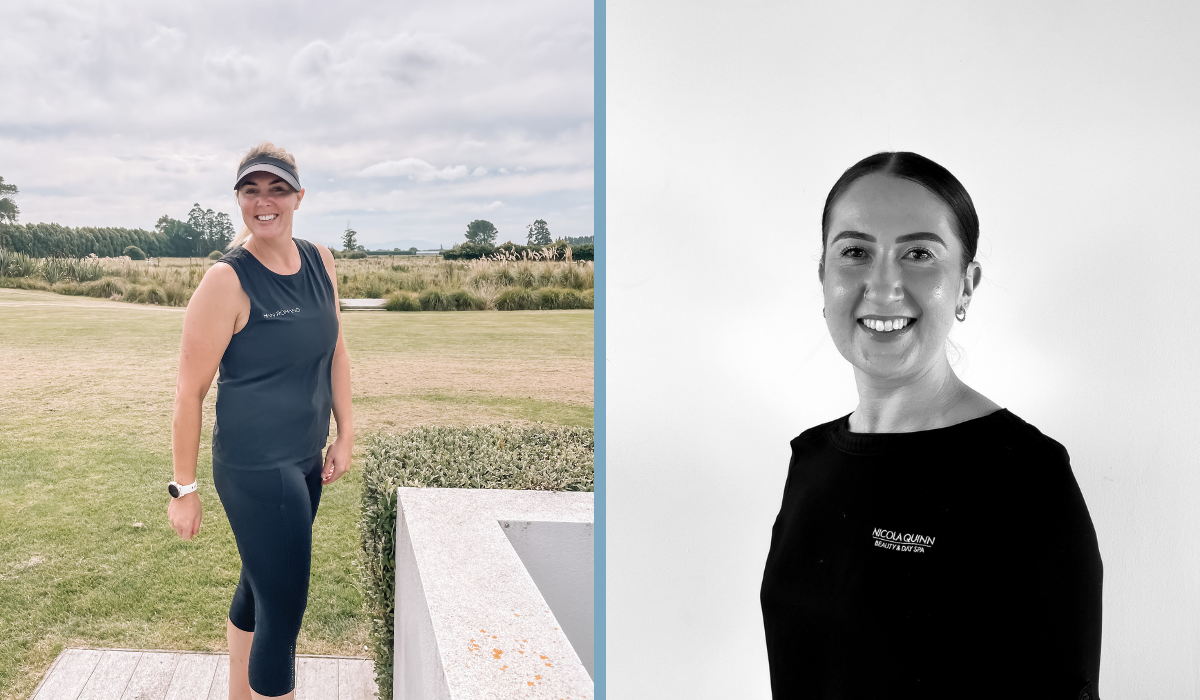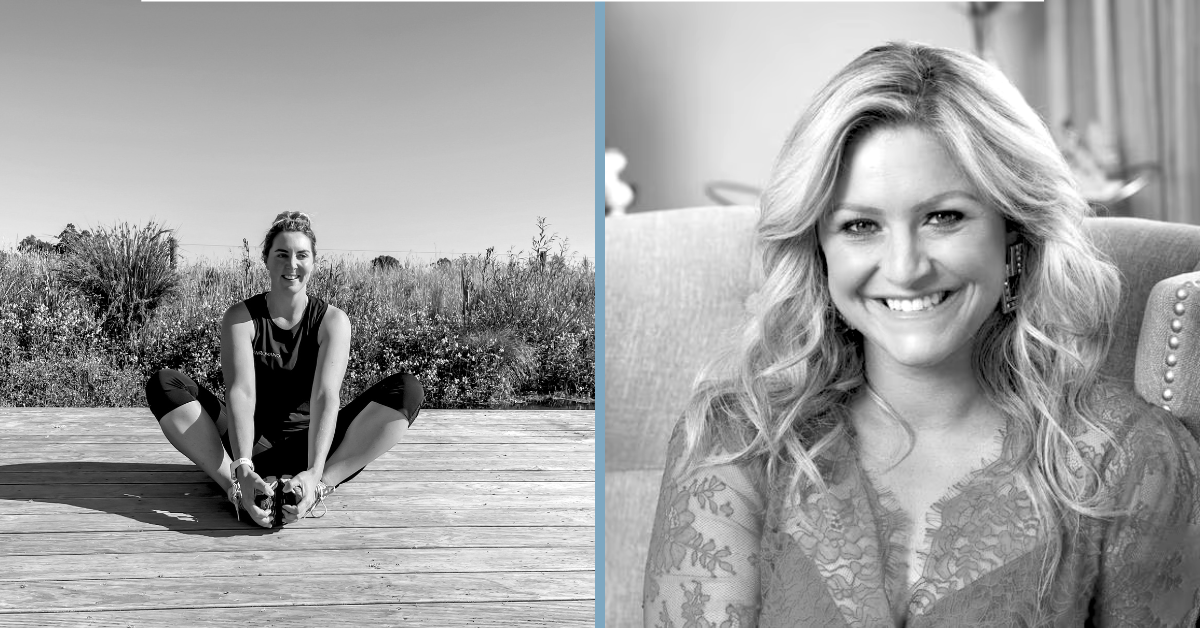THE JOURNAL
Your dose of fitness, health and wellbeing information with Han.
How To Fuel Your Body Throughout Your Cycle

Registered Nutritionist Emma Wylie shares her tips and trick on how to fuel your body during your cycyle.
To be technically correct, a ‘regular’ menstrual cycle is considered to be between 23-33 days (although often depicted as 28 days), and is characterised by 2 distinct phases, follicular (pre ovulation) and luteal (post ovulation).
Within the cycle, there are two recognisable events, menstruation and ovulation. Menstruation happens in the early part of the follicular phase, and ovulation is the turning point of the follicular phase to the luteal phase.
To make it easier to follow, we will describe our cycle as having 4 phases:
- Menstruation
- Follicular
- Ovulation
- Luteal
At each phase, some of our reproductive hormones – estradiol or estrogen, progesterone, luteinizing hormone (LH) and follicle stimulating hormones (FSH) – are all at different levels.
Due to these hormonal fluxes, we can experience changes to our mood (PMS is a well-known one), energy levels, and symptoms such as acne, cervical fluid, bleeding, temperature changes, bloating, pain and more.
It’s important to understand what is happening in the body in each of these stages, so that we can make lifestyle changes to best support our body during these times in our cycle.
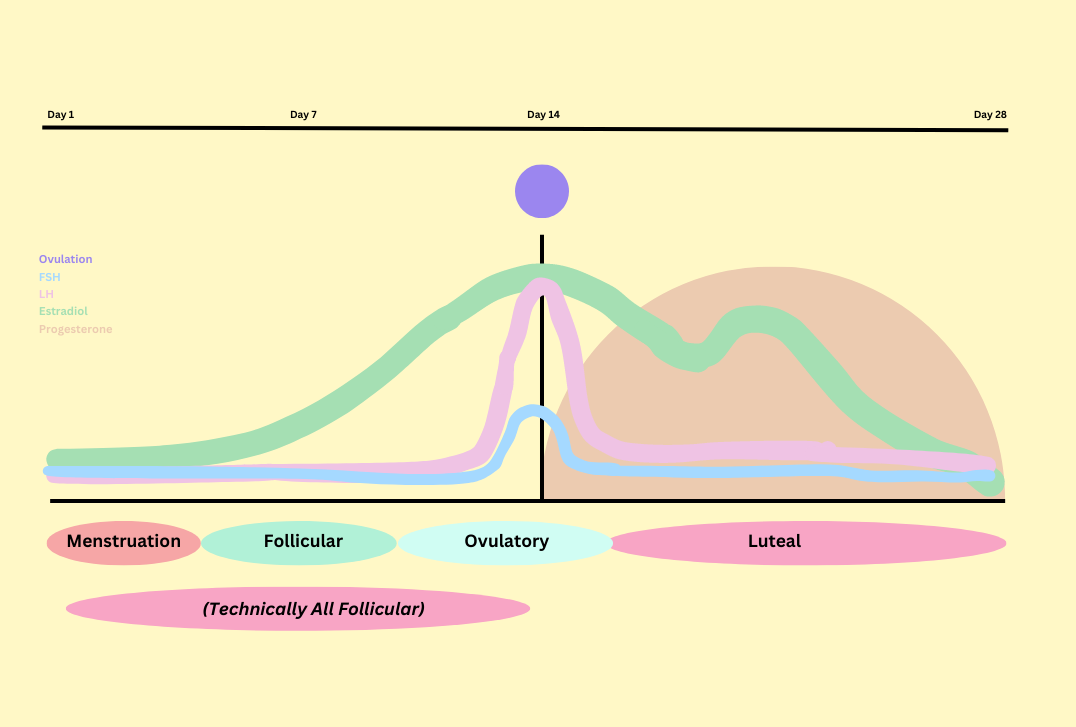
Phase 1. Menstruation
Day 1 of your cycle is the first day of proper flow, and this stage is typically cycle days 1-5.
Exercise 🤸
Activity levels during menstruation can vary between people, depending on your symptoms and the heaviness of your flow. Tailor your activity level to suit your mood, take each day as it comes and listen to your body as to how to move it.
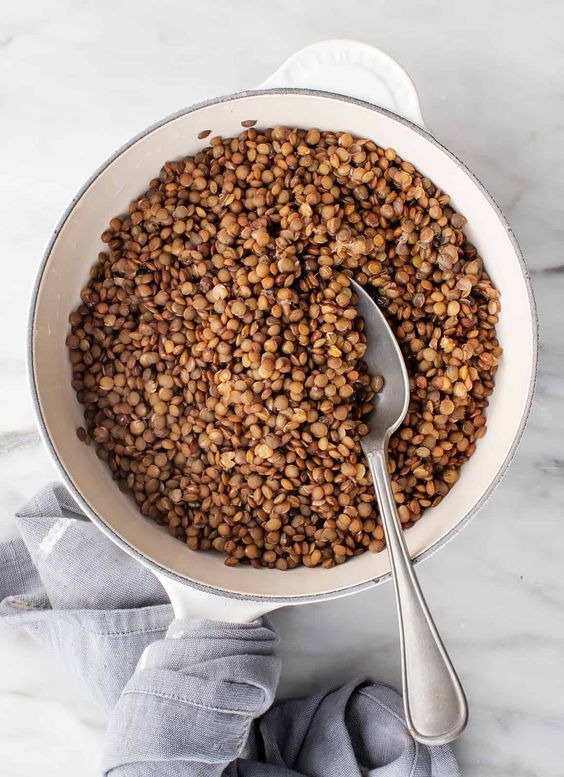
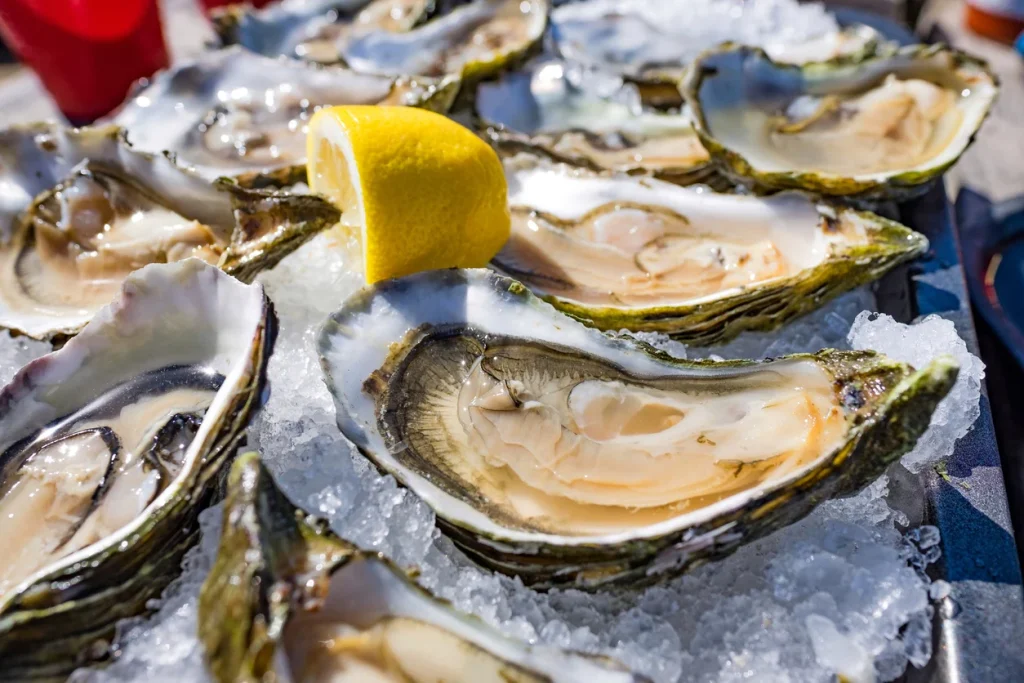
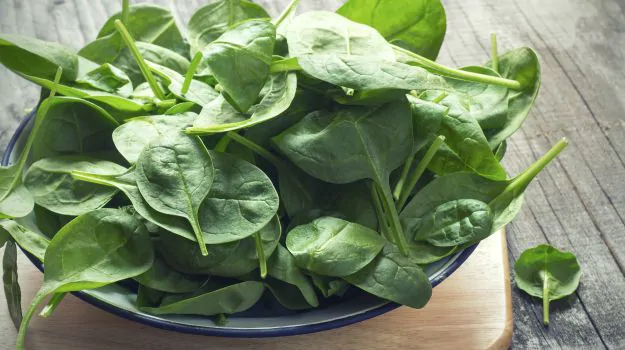
Nutrition 🍎
It’s important to be incorporating iron rich foods in your diet in this phase, such as meats, shellfish, legumes such as red kidney beans and lentils, dried fruits and dark leafy greens. If you suffer from cramping, you could try a magnesium supplement, in the lead up to and during your period as this has been shown to reduce the severity. For dinner try an iron and protein rich slow cooked lamb with lentils or a beef chilli con carne, and sauteed greens with eggs is a great breakfast option.
Looking for a recipe to try in your Menstruation phase? Try this Leafy Greens Omelette >
Phase 2: Follicular
Technically, the follicular phase is from day 1 of your cycle through to when you ovulate, and averages about 14 days long. But here we’re talking about cycle days 6-12. This is usually when our hormones are all just chilling between the low levels of the menstruation phase and ovulation where they’ll increase to their peak.
Exercise 🤸
In this stage many people find they feel more productive, energised and focused. It might be the time of the month to go for a jog, try a spin class or pick up the pace in a weighted workout!
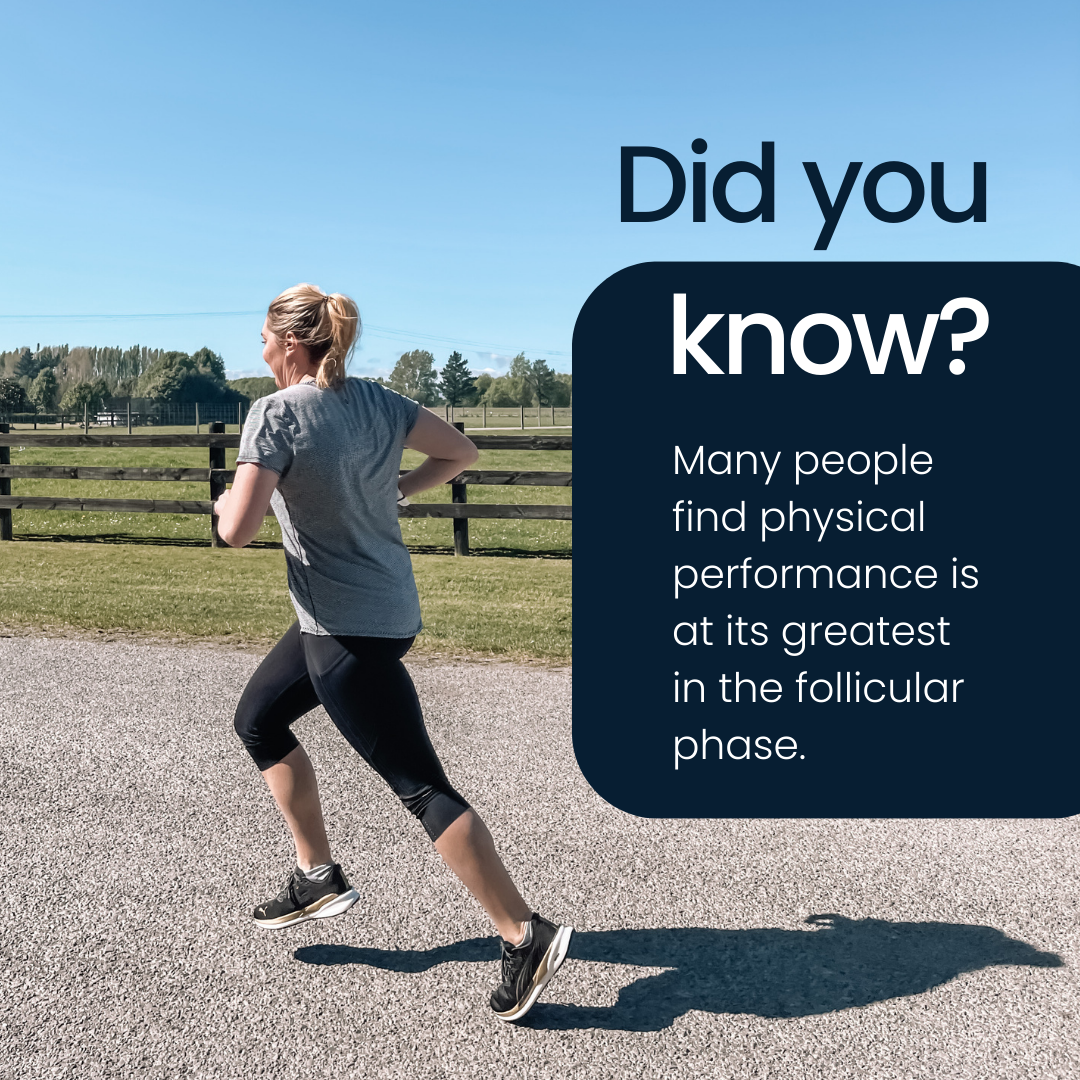
Nutrition 🍎
This is a great time to focus on eating plenty of fresh vegetables and fruit for increased fiber as well as lean proteins. Tray bakes like chicken with pumpkin and slaw, or salmon with potato and greens are great winter time dinner options, or a veggie scrambled tofu for brekkie.
Try this recipe for your Follicular Phase: Veggie Scrambled Tofu >
Phase 3: Ovulation
This phase is typically depicted as cycle days 13-18 when experiencing a regular cycle (if your cycle is >33 days, you might stay in the follicular phase for longer).
In this phase estrogen, LH and FSH peak.
In this phase you might feel more body confident and experience an increased sex drive. That’s because your ‘fertile window’ falls within this phase – your body is priming for reproduction!
Exercise 🤸
With this added confidence, this is a great time to exercise in a group setting as you’ll feel more connected and bounce off the energy of others in the group. A group walk or run, or circuit training class are great options!

Nutrition 🍎
You might find lighter style meals such as stir-fries, warm winter salads and smoothies are favoured here. Aim to create balanced meals by pairing protein and veggies with some slow energy releasing carbs like starchy vegetables, whole grains and legumes and a dash of healthy fats, like avocado, nuts and seeds and olive oils.
Try this recipe for your Ovulation Phase: Banana Brekkie Smoothie >
Phase 4: Luteal
Our luteal phase is post ovulation, and we want this to be at least 11 days long, making this typically fall on cycle days 19-28 in a 28 day cycle.
We have ovulated, and now it’s time to incubate that egg!
Progesterone is released from the corpus luteum of the egg and this progesterone causes our basal body temperature to increase slightly. During this luteal phase we can utilise as much as 400 calories more energy 🔥, so you might find yourself getting hungrier in this phase!
In this phase you might start to feel slower, and crave comfort and hibernation. Towards the end of this phase you might also experience symptoms often called PMS (premenstrual syndrome), bloating or acne, which are symptoms of decreasing progesterone.
Once progesterone has dropped, this will cause the uterine lining to shed and menstruation to begin, restarting the cycle.
Nutrition 🍎
In this phase focus on warming and comforting foods such as dhals and veggie-filled curries, soups and casseroles. Make sure you’re having complex carbs such as oats, rice or starchy veggies as well as fats like nuts and seeds to help you meet your increased energy needs. A warming porridge with peanut butter is a great breakfast option here.
Try this recipe for your Luteal Phase: Nutty PB Porridge
Exercise 🤸
This might be the time to move slower, activities like walks or bike rides, resistance training, pilates and yoga are great luteal phase workouts.
Fuel your body everyone!
THE JOURNAL
Continue Reading…
